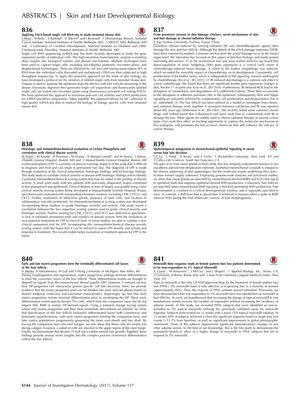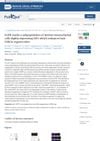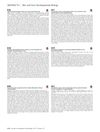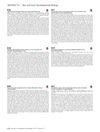Applying FACS-Based Single Cell RNA-Seq to Study Neonatal Mouse Skin
April 2017
in “
Journal of Investigative Dermatology
”
fluorescence-activated cell sorting single cell RNA sequencing neonatal mouse skin lichen planopilaris immunohistochemical scoring system hair follicle matrix progenitors genotoxic stresses hair damage sweat gland hair follicle fate decision minoxidil female pattern hair loss topical minoxidil FACS scRNA-seq LPP Rogaine

TLDR Researchers improved a method to study individual cells in newborn mouse skin and found a way to assess the severity of a skin condition in humans.
In the 2017 study, researchers developed a protocol using fluorescence-activated cell sorting (FACS) and single cell RNA sequencing (scRNA-seq) to analyze individual cells from neonatal mouse skin. They optimized the process to maximize cell viability and cDNA purification for scRNA-seq library preparation, enabling high-quality data collection to study the biology of lineage-specific cells in neonatal mouse skin. Another study included in the document involved a small pilot study with ten patients with lichen planopilaris (LPP), aiming to correlate clinical severity with histologic findings and develop an immunohistochemical scoring system for disease activity. The study found a correlation between clinical and histologic severity, with positive staining for certain markers. This could help in assessing LPP severity and treatment response in future studies. Additional research discussed in the document includes the differentiation of hair follicle matrix progenitors, the effects of genotoxic stresses on skin and hair damage, the molecular events in sweat gland versus hair follicle fate decision, and a minoxidil dose-response study in female pattern hair loss patients who did not respond to 5% topical minoxidil, where a 15% solution showed beneficial effects in 60% of subjects after 12 weeks without significant adverse events.



